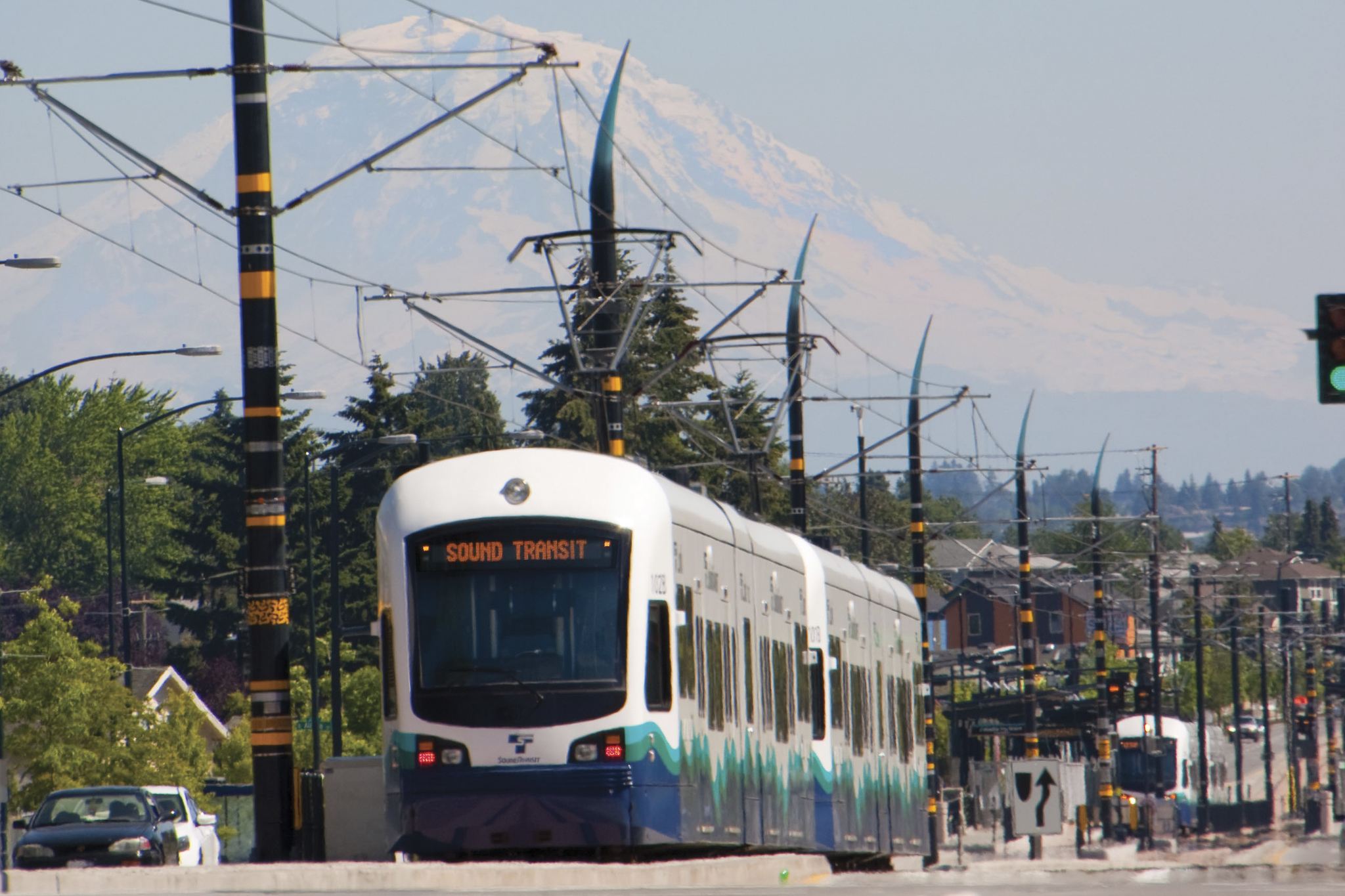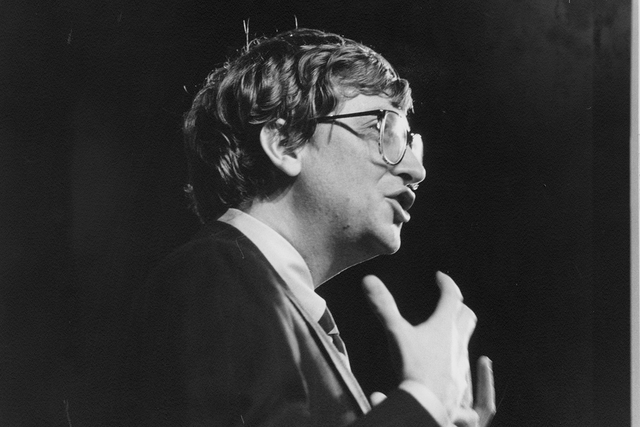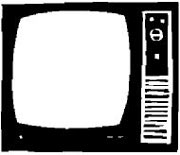It takes a train to cry, and to provoke an uprising wherever you try to run it. Five months after the Sound Transit board approved a light rail route in a grand show of regional conciliation and compromise, that plan is catching fire from right, left, north, and south. The campaign to stop trains running down MLK Way has taken the expected next step. A new voters’ initiative would put the rail underground in all neighborhoods—i.e., in the Rainier Valley, since it would already go underground north of downtown. (See 4th & James for details.) If this Neighborhoods First! effort hangs as many placards as its predecessor Save Our Valley, it’ll be another banner year for signmakers.
Meanwhile, U-District folks who do get a tunnel say thanks but no thanks, we’ll ride the bus. The U-District Community Council urges scrapping the train to their neighborhood until “a more acceptable system, such as a better-engineered subway or monorail,” can be built. Council president Matt Fox was an outspoken (if “outspoken” isn’t redundant for Fox) critic of the 1997 Monorail Initiative. But the closer you look, the worse conventional rail—surface or underground—looks in a hilly, canal-cut, built-up locale like this.
The billion-dollar cost of the downtown-to-North-End tunnel is the root of Sound Transit’s financial squeeze, forcing painful cuts and compromises and alienating constituencies everywhere. The Beacon Hill station would be deferred and a much-needed second Capitol Hill station nixed. Northgate would be squeezed out of Phase 1, drastically undercutting the line’s utility and “regional” status. Everett (the original northern terminus) worries that it won’t get connected in Phase 2. Tukwila’s still fighting for the rejected Southcenter detour.
Worse yet, the Capitol Hill and U-District stations would be reachable only by elevator. No matter what safety assurances engineers may give, who’s going to want to go 200 feet underground to catch a train downtown when a bus goes there in 10 minutes? But the downtown buses won’t run so fast anymore; they’ll be ejected from the bus tunnel, clogging Third Avenue.
Like the Y2K bug, all these ills were foreseeable, mostly foreseen, and all ignored. Mayor Schell suggests a second look at a previously discarded option: leaving Capitol Hill for, say, monorail, and running the train up I-5. But that would take cherished (though often lightly used) HOV space. The broader alternative is to build transit above, rather than through or under, the streets. Elevated transit gives neighborhoods palpitations, but though it may never be beautiful, it needn’t be a monster like the ancient, heavy-rail Els back East, or even bulky like our antique World’s Fair monorail. It can be lighter, more flexible, and automated—hence convenient enough to offer a real auto alternative. It doesn’t need to be monorail, though monorail could climb Capitol Hill without a tunnel; Vancouver’s popular Skytrain is automated, elevated light rail.
Compared to the Hobson’s choice of surface vs. underground rail, would automated “taxis” zipping above your neighborhood arterial really be such a bad thing?
Great balls of pipeline fire
Sometimes timing is everything. Last Thursday, gasoline leaking from Olympic’s I-5 corridor pipeline exploded and turned a Bellingham neighborhood into a mini-Dresden, killing three. The night before, Olympic Pipe Line officials were telling the state parks commission how safe the cross-Cascade pipeline they now want to build would be. Reps from various chambers of commerce turned out to plump for the pipeline, saying it’s needed to keep tanker trucks from clogging the highways, thus preserving freight mobility and, ahem, preventing accidents. On Friday, the parks commission rejected Olympic’s bid to run the line through three state parks, saying the decision had nothing to do with the explosion.
City to FCC: Free the airways
Radio pirates yearning to go legit have some friends on the Seattle City Council. Last week the council passed a resolution, offered by Tina Podlodowski but developed by the Citizens Tech Advisory Board, urging the Federal Communications Commission to license microradio stations, so long as they are “noncommercial and community based” and no one owns more than one.
Bringing the toxic colonialism back home
These barrels held some of the 1,200 tons of mercury- and dioxin-contaminated brine sludge that Taiwan’s Formosa Plastics Group dumped in Cambodia last year, causing two apparent poisoning deaths and four more deaths in an ensuing riot. After the Seattle-based Basel Action Network raised a stink, the waste was returned to Taiwan and is slated for disposal in the California desert. That disposal firm bowed out, saying the stuff was worse than it thought. Now Envirosafe Services of Idaho Inc. plans to ship the sludge through Puget Sound for disposal near Boise.
Amster, Amster, spam, spam, spam!
Don’t believe everything you hear from trade emissaries. The P-I (6/10) quotes Amsterdam’s deputy mayor Pauline Krikke, here to promote her city’s high-tech status, as saying, “We have Internet stations around the city and they are as common as telephone booths here.” One evening two months ago, I happened to be looking for just such a station in Amsterdam. Folks I asked knew of just one cybercafe, several blocks away. It had four computers, two of them working. Access was free, but you had to wait an hour. Yes, it’s sometimes hard to find a phone booth, but . . .
Makes you wonder what our trade promoters say when they go abroad—that we all have Microsoft cerebral implants, enabling us to send e-mail, trade stocks, shop the Web telepathically, and process SETI data in our sleep?







